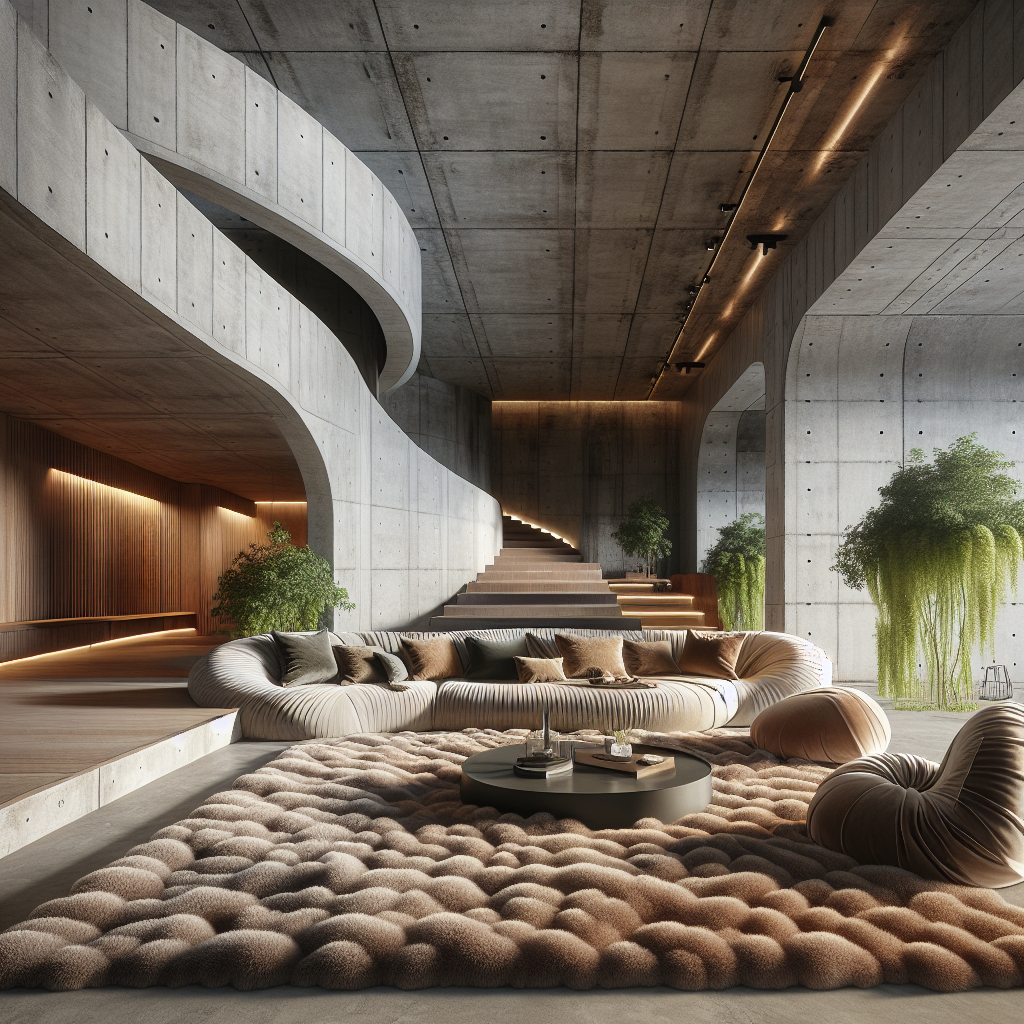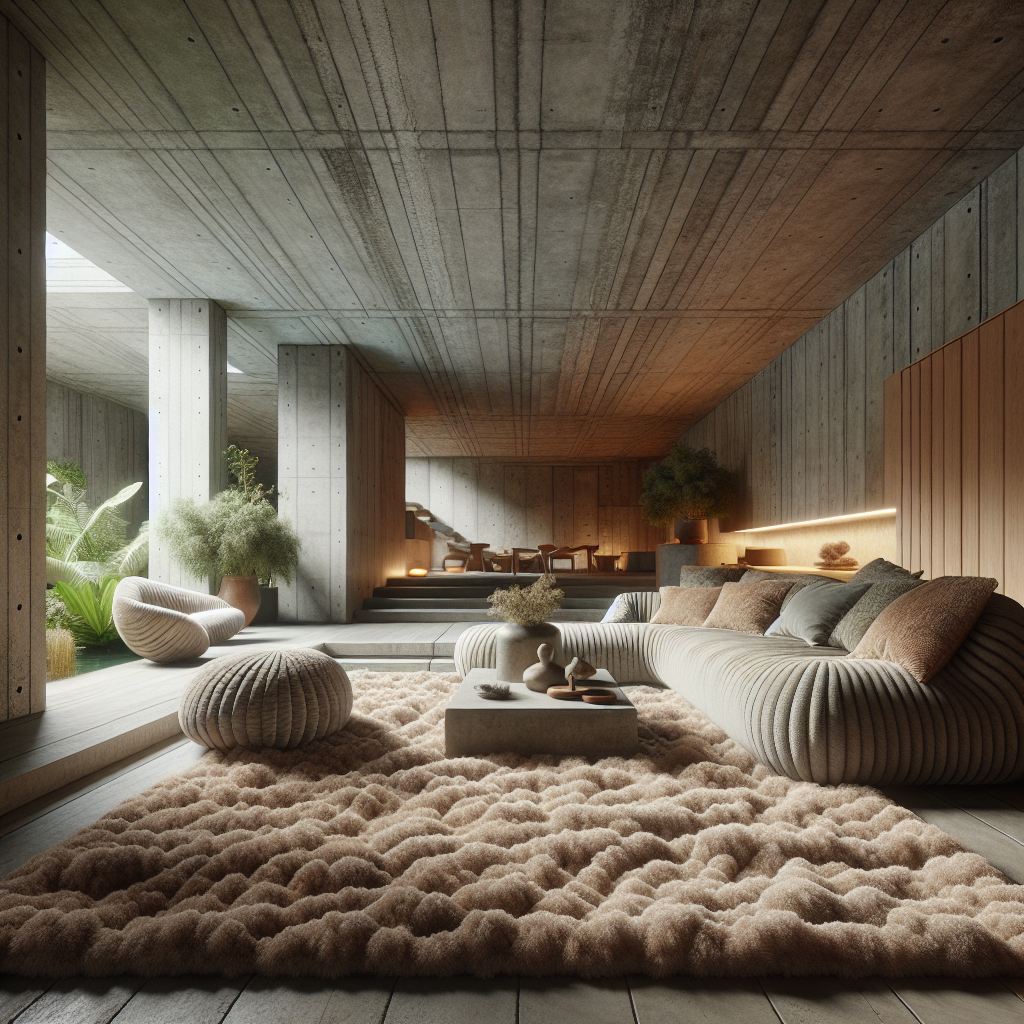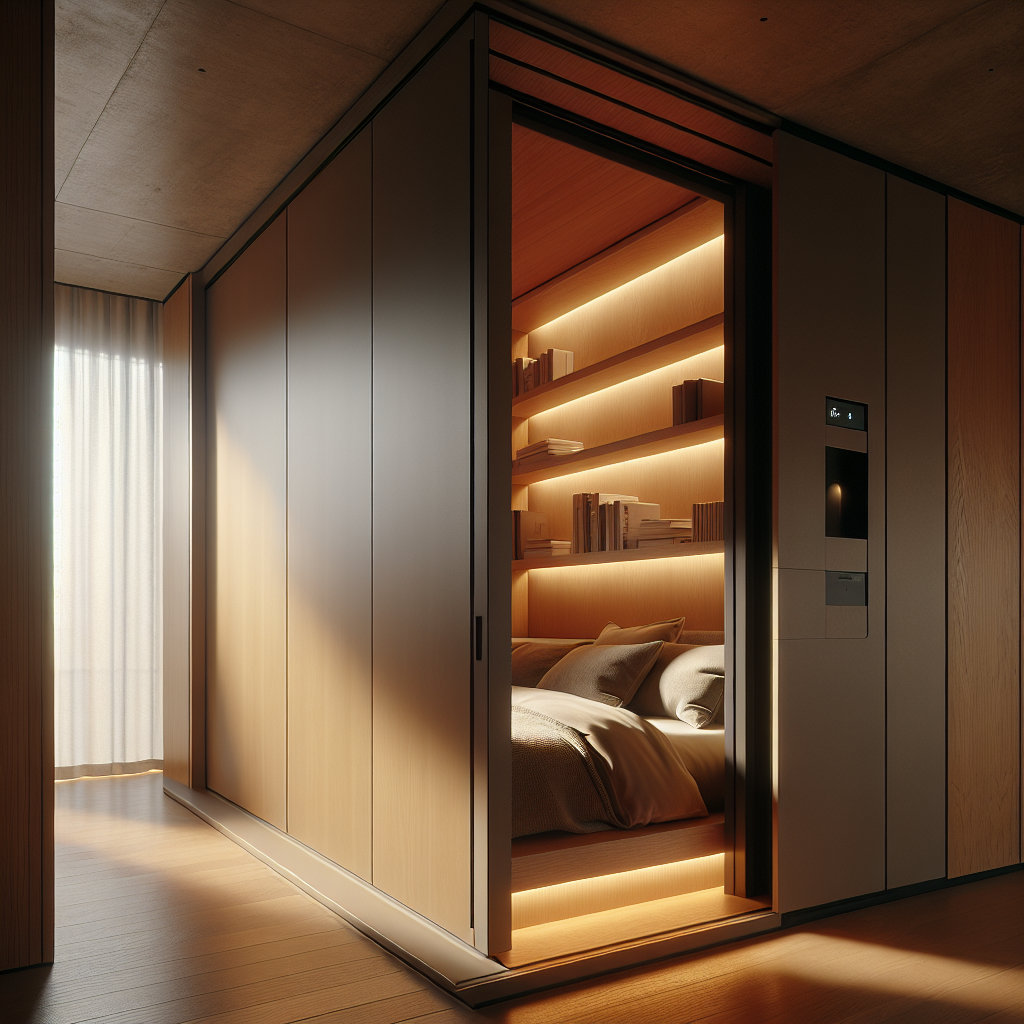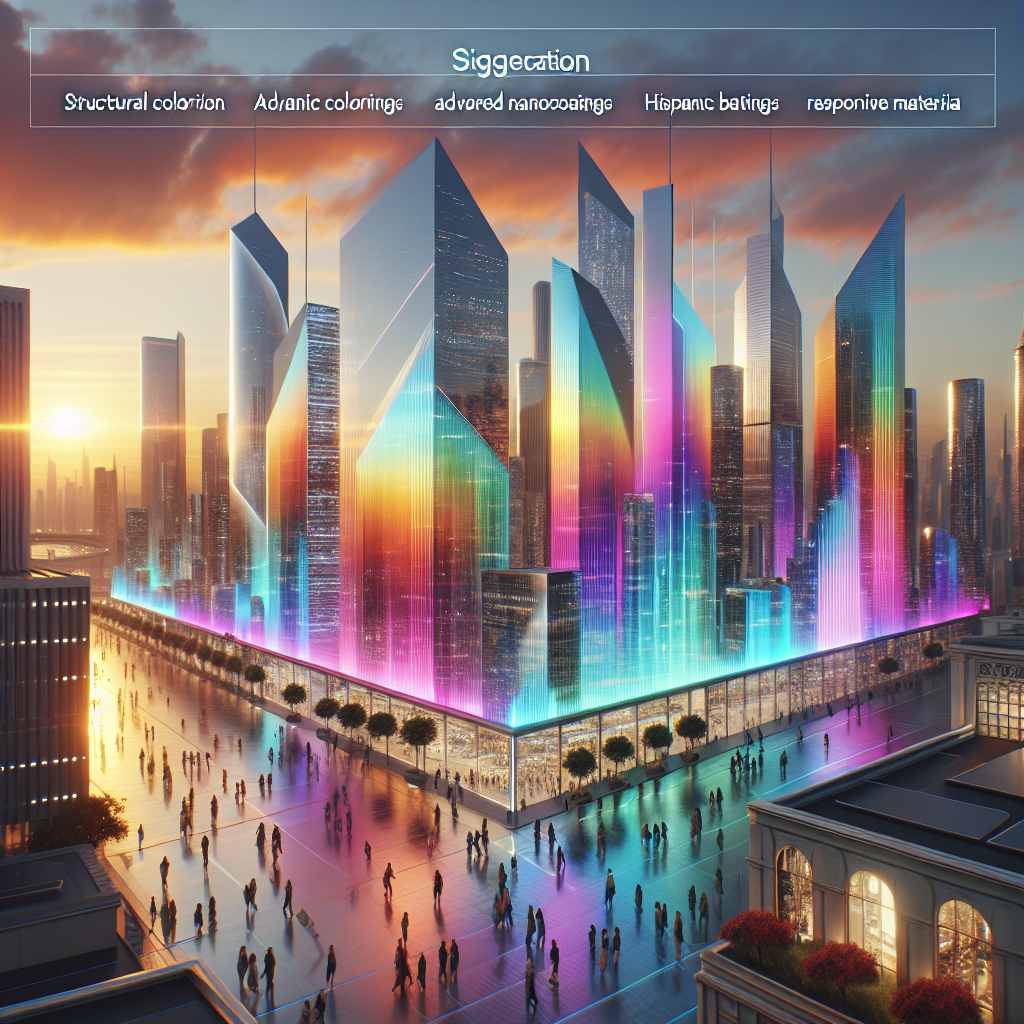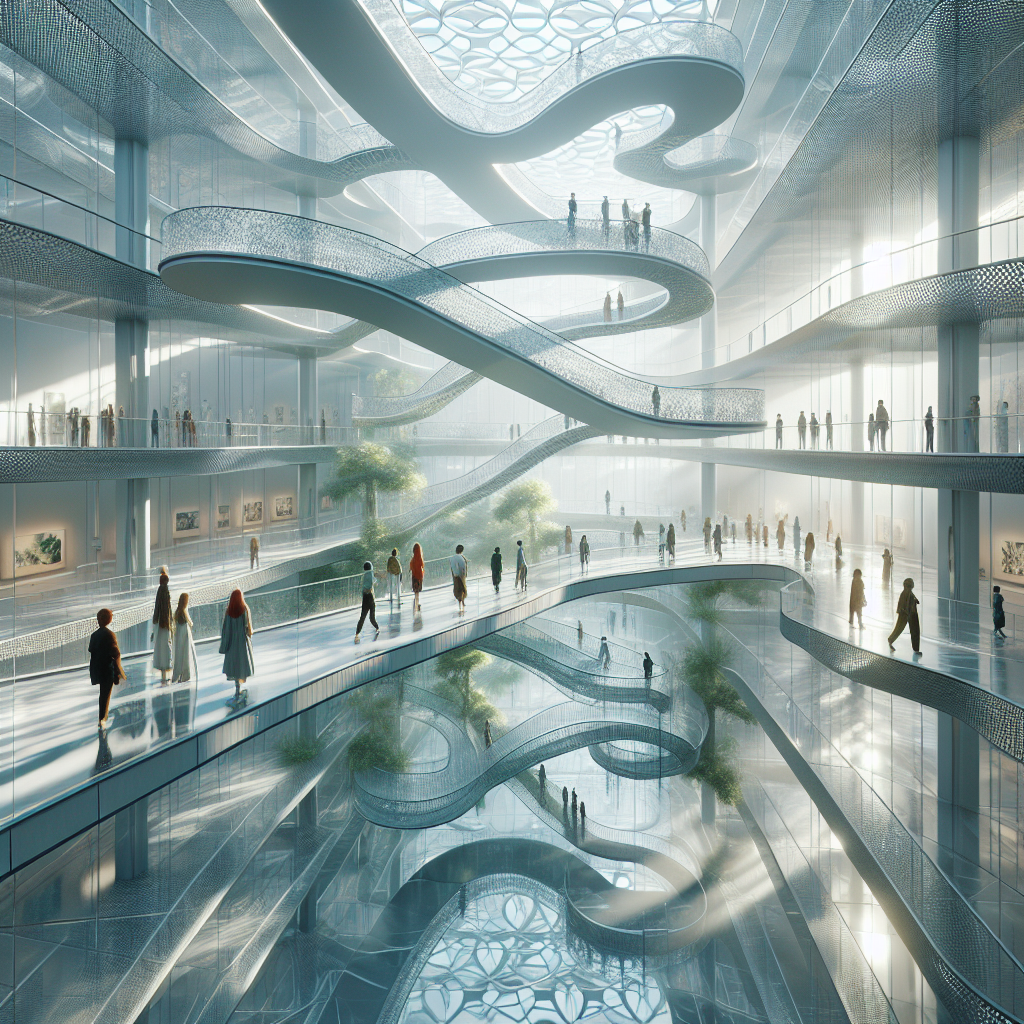Soft Brutalism plush textures offsetting concrete expanses
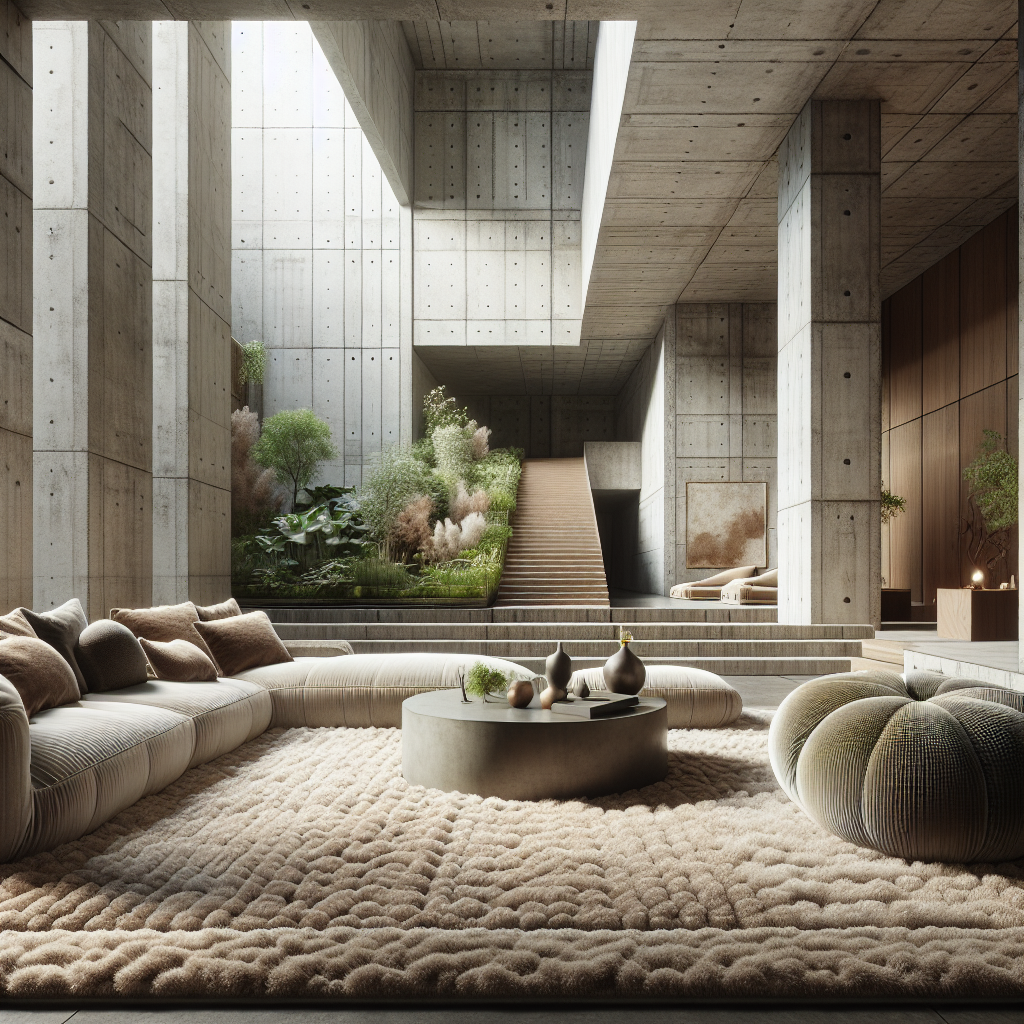
Soft Brutalism: Plush Textures Offsetting Concrete Expanses
Brutalism, with its monolithic concrete structures and unapologetic rawness, has long been associated with a stark, almost austere aesthetic. Yet, a new wave of designers and architects are embracing a softer, more tactile approach—enter Soft Brutalism. This emerging design movement tempers the rigidity of concrete with plush textures, warm materials, and inviting elements that transform cold, imposing spaces into environments of comfort and intimacy.
The Evolution of Brutalism into a Softer Aesthetic
Brutalism, originally rooted in post-war architecture, was characterized by its uncompromising use of raw concrete, functional design, and an emphasis on structural honesty. Architects such as Le Corbusier and Paul Rudolph championed this style, creating monumental buildings that prioritized function over ornamentation. While this aesthetic has seen a resurgence in recent years, its harshness has often been met with criticism for its perceived coldness and lack of human scale.
Soft Brutalism seeks to counterbalance this by integrating tactile materials such as velvet, boucle, and natural fibers into interiors, creating a juxtaposition between the hard and the soft. This approach humanizes Brutalist spaces, making them more inviting while still retaining their bold architectural presence.
Materiality: The Key to Soft Brutalism
The interplay of materials is at the heart of Soft Brutalism. Designers are experimenting with a range of textures to offset the severity of concrete. Plush upholstery, thick wool rugs, and warm wooden accents are being used to soften the visual and physical impact of Brutalist interiors. This fusion of textures not only enhances comfort but also introduces a layer of complexity that enriches the overall aesthetic.
For instance, the use of reclaimed wood alongside exposed concrete walls adds warmth and sustainability to the space. Similarly, sculptural furniture in soft, organic forms contrasts beautifully with the rigid geometry of Brutalist architecture, creating a harmonious balance between structure and softness.
Soft Brutalism in Interior Design
Interior designers are embracing Soft Brutalism by layering spaces with elements that evoke warmth and tactility. Oversized, cushioned sofas in muted tones, textured wall coverings, and plush drapery introduce a sense of coziness without compromising the architectural integrity of the space.
One striking example is the resurgence of sensory design, where materials are chosen not just for their visual appeal but also for their ability to engage the senses. Soft, handwoven textiles and richly grained wood create an environment that feels both grounding and luxurious.
Architectural Applications of Soft Brutalism
Beyond interiors, architects are reinterpreting Brutalist principles with a softer edge. This can be seen in the integration of greenery, biophilic elements, and natural light to counteract the heaviness of concrete. The incorporation of biophilic design principles enhances the livability of Brutalist structures, making them more adaptable to contemporary needs.
Projects such as the renovation of Brutalist landmarks have embraced this approach, introducing wooden paneling, curved architectural details, and even soft, diffused lighting to break the rigidity of the original designs. These interventions demonstrate that Brutalism does not have to be synonymous with harshness—it can be reimagined as a style that is both bold and inviting.
The Future of Soft Brutalism
As design continues to evolve, Soft Brutalism is poised to become a defining aesthetic of contemporary architecture and interiors. The movement reflects a broader shift towards sustainable design, where the use of natural materials and human-centric spaces take precedence. By embracing this philosophy, architects and designers are not only reinterpreting Brutalism but also ensuring that it remains relevant in a world that increasingly values comfort, warmth, and sustainability.
Ultimately, Soft Brutalism is a testament to the power of contrast—where the interplay of hard and soft, cold and warm, creates spaces that are both striking and deeply inviting. It is a movement that challenges the perception of Brutalism as purely austere, proving that even the most formidable concrete structures can be transformed into havens of tactile beauty.

